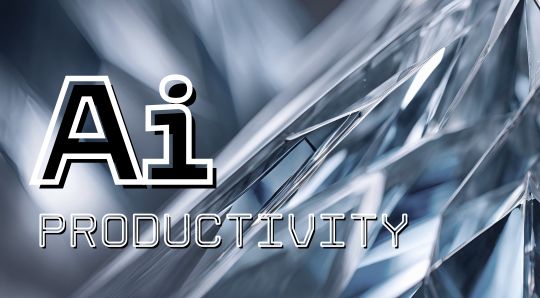
AI Guiding Principles (ESP)
Ethics
Safety
Privacy
AI Starter Guide (Quick Start)
What AI Is (and Isn't)
Keep expectations realistic: verify facts, check sources, and treat AI as an assistant — not a final authority.
Introduction to AI
When To Use AI
Ai Guide
When NOT To Use AI
Ai Guide
How to Cite AI (Quick examples)
Owl Purdue Ai Resources
AI in Tutoring Mini-Series
Short videos designed for tutor coordinators on how to thoughtfully integrate AI into tutoring practices. These guides help support decision-making, student learning, and ethical use of AI tools in academic support environments.
What You'll Learn:
- How AI can support tutoring workflows
- Ethical and appropriate AI use with students
- Examples of AI-enhanced tutoring strategies
- Limitations and situations where AI should not be used
Tip: Watch each video in sequence for the best learning experience.
Watch the AI in Tutoring Mini-Series playlist.
Watch: How to Log into Microsoft Copilot.
How to Log into Microsoft Copilot
This quick video shows you how to access Microsoft 365 using your NMSU/DACC credentials — which is the same portal where Microsoft Copilot is located.
What is Copilot? Microsoft Copilot is an AI assistant built into Microsoft 365. It helps you draft emails, summarize documents, create study notes, analyze information, and save time on everyday tasks.
What You'll Learn:
- How to log into Microsoft 365
- Where to find Microsoft Copilot
- What to do if you can't access your apps
- How Microsoft 365 connects to Copilot
Tip: Copilot becomes available after signing into the Microsoft 365 portal — this video walks you through the first step.
Productivity Tools
Note-taking
Master strategies for taking effective digital notes with tools like Notability. Organize lecture notes, plan assignments, and maintain a structured workflow for all your classes.
- Digital handwriting vs. typed notes
- Organizing notes by class and topic
- Using templates and outlines for efficiency
- Syncing across devices and creating backups
These techniques save time, reduce confusion, and help you study smarter.
Watch Notability TutorialResource provided by DACC.
Recommended Tools
Explore a selection of AI and productivity tools recommended by the DACC Library. Each tool is described with its purpose and content, helping you manage coursework, enhance writing, and stay organized.
- Grammarly: Improve clarity, grammar, and style
- Notion: Organize tasks, notes, and class information
- Quizlet: Practice with flashcards and study sets
- Canvas Tools: Calendar, To-Do list, and notifications
Using these tools strategically will enhance productivity, learning efficiency, and time management.
Explore DACC Library AI ResourcesResource provided by DACC Library.
AI for Accessibility
AI-powered accessibility tools support diverse learning needs. These resources improve reading, writing, comprehension, and study efficiency for all students.
- Speech-to-Text: Dictation for assignments and notes
- Immersive Reader: Read-aloud, line focusing, and text spacing
- Text Simplification: Summarizes complex content clearly
- Translation Assistance: Helps ESL and multilingual learners
Using these AI accessibility tools ensures equitable learning opportunities and a smoother study experience.
Explore Accessibility GuidesResources provided by Texas Tech University Library.
NMSU / DACC AI Use Policies (Syllabus Statements)
Broader Use of Generative AI Permitted within Guidelines
Use of Generative AI Permitted Under Some Circumstances or with Explicit Permission
No Use of Generative AI Permitted
Can I use AI for this assignment?
Quick decision guide:
- If yes → Cite any AI contributions.
- If conditional → Ask your instructor for guidance.
- If no → Do not use AI; submitting AI-generated content without attribution is academic dishonesty.
If your syllabus or instructor permits AI for the assignment, attribute any AI contributions properly. If permission is conditional, follow the instructor's instructions for when and how to use AI. If AI is not permitted, do not use it under any circumstances.
Productivity Workflows (Examples)
Practical step-by-step workflows showing how AI can speed common student tasks while maintaining academic integrity.
Support & Help
If you need one-on-one help with any of these tools or guidance on using AI in your coursework, use the links below.
Contact Information
Phone: 575-527-7738
Email: vlit@nmsu.edu
Book an Appointment
East Mesa Campus
2800 Sonoma Ranch Blvd.
DAAR Bldg. Room 201B
Las Cruces, NM 88011



